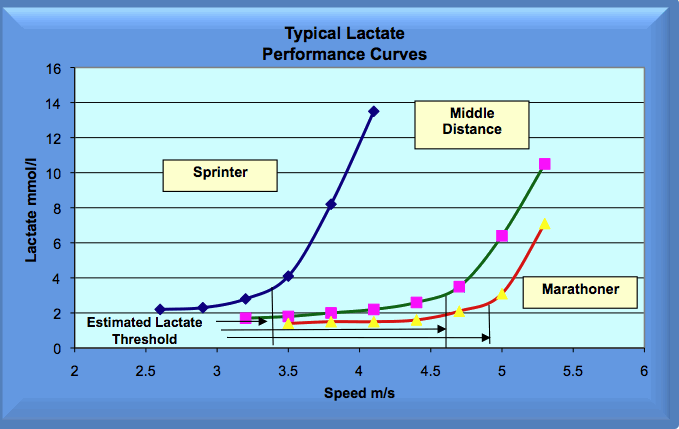Counselor wrote:
This whole thread is hard for me to grasp. I am totally stuck inside all winter (it was -13 this morning with a high of -3 today…with 15mph winds…brutal out) so I will/cannot ride more than 10-12 hours per week.
From what I have read over and over again is threshold training (zone 3, sweet spot, and zone 4) is the way to go in winter is you are stuck inside or time limited. So that is what I do (and have done in the past). I do a lot of little surges (30 second into VO2 max) and then back to tempo...lots of modified "hour of power" workouts, without killing myself. I do very little pure zone 5/6 work. I am trying to build as much aerobic "base" as possible and I want to able to ride everyday so try never to completely trash myself in a workout. I will not ride longer than 3 hours (and only have done that once). I try to stay away from zone 2 so I mostly do 1.5-2 hours per day with an IF of .85 to .90 with 2 active recovery days a week in zone 1.
What I am reading is I need to consider doing a lot more zone 2 rides and 2 workouts a week of zone 5/6 in winter. This will build my base better than the zone 3 / 4 stuff I am doing. Two zone 5/6 workouts a week all winter on the trainer would be very challenging. I find threshold to be really hard on consecutive days so I mostly stick to SS with surges.
I am planning to start zone 5/6/7 work as I get closer to racing in the spring…first big event is late April. I also plan to increase my time zone 2 as I get outside as this zone is far more enjoyable outside than on the trainer and will help my recover from my zone 5/6 work. It seems this would be a better overall plan for a time limited person who wants to get as strong as possible without the ability to ride a ton. I am loosely following the plan put forth by Charles Howe with input from Andrew Coggan.
Thoughts?
First, 10-12 hours per week is a legitimate amount of riding time. You can accomplish much more than people think with that many hours.
Second, with a significant amount of mid intensity work, you'll find the threshold work (and above) to be quite tiring and tough on your body.
Third, I would say that zone 3/4 do very little to actual build your aerobic ability.
Fourth, It all depends who you believe. Seiler has his points and they sound good. Coggan has his points and those sound good too. Anyone can make anything sound good at some point in time, because you can find benefit with any type of training.
Fifth, I believe, based on my experience and research, that the aerobic system is best set up to adapt when you allow the body to focus on aerobic ability. The body wants to find the easy path, it wants to survive with as little effort as possible (so to say). In my experience, that means the aerobic processes are not developed unless you work at an intensity that allows for the vast majority of work to be done aerobically (< 1.5mmol Lactate). Once you cross above that, you start to have more anaerobic contribution. The body can very quickly become reliant on anaerobic as it is an easier process with less steps and less enzymes etcs.
As I mentioned above, when people train primarily in "tempo" or "sweet spot" they tend to rack up a large TSS which plays into the performance manager and makes us all smile because our fitness is so good, or so it would seem. However, when we do serial lactate testing, those individuals lose their aerobic ability. lactate levels tend to increase slowly, but steadily, at lower workloads. This is indicative of the anaerobic system having a larger contribution at lower workloads, decreasing performance in endurance events.
I talk a lot - Give it a listen:
http://www.fasttalklabs.com/category/fast-talk I also give Training Advice via
http://www.ForeverEndurance.com The above poster has eschewed traditional employment and is currently undertaking the ill-conceived task of launching his own hardgoods company. Statements are not made on behalf of nor reflective of anything in any manner... unless they're good, then they count.
http://www.AGNCYINNOVATION.com

